Two Delta Connection Jets Collide at LaGuardia: What Happened and Why It Matters
On Oct 1, 2025, two Delta CRJ-900s collided on a LaGuardia taxiway, injuring one crew member. While no major passenger injuries occurred, the incident highlights ground safety concerns at crowded airports like LGA.
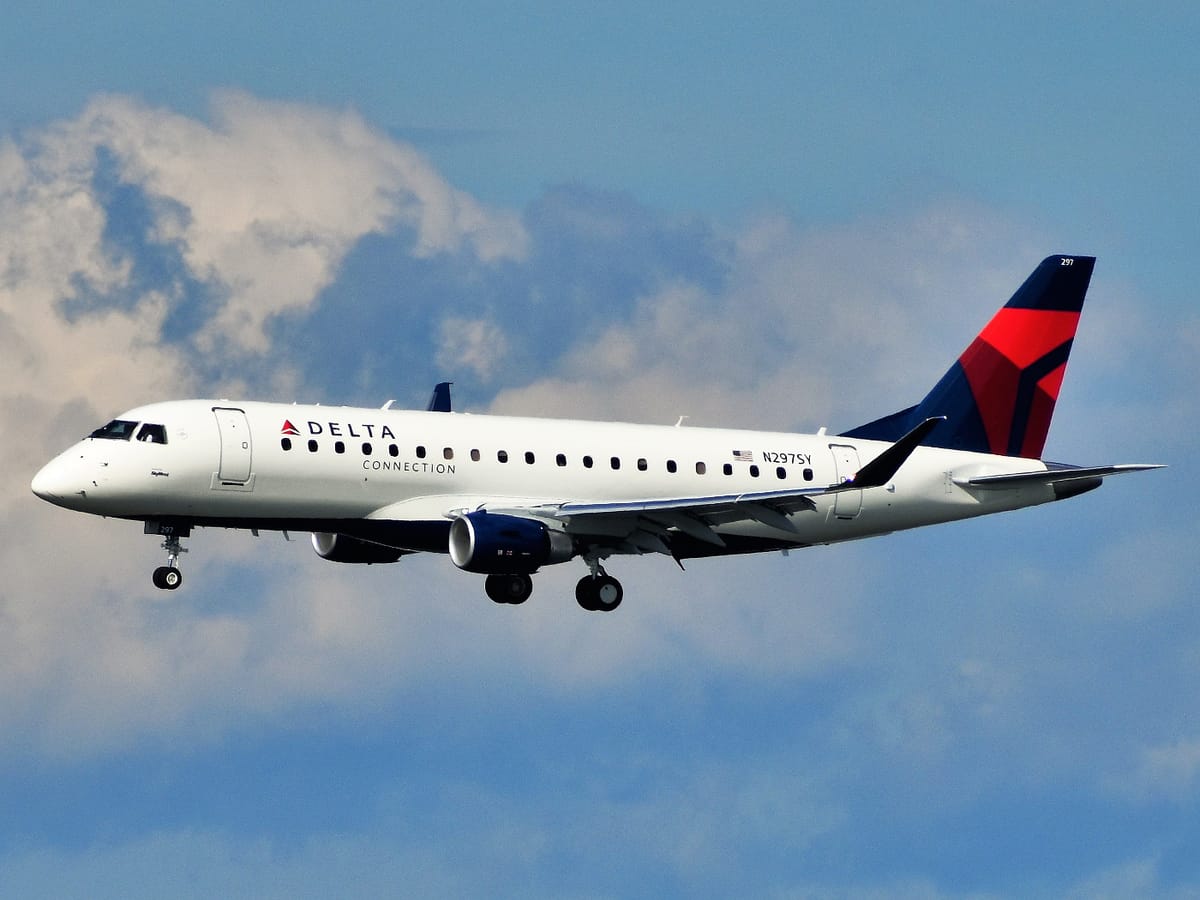
On October 1, 2025, New York’s LaGuardia Airport witnessed an unnerving incident when two Delta Connection Bombardier CRJ-900s collided on a taxiway. While the mishap did not result in major passenger injuries, it has reignited conversations about ground safety at busy airports.
The Incident
According to Simple Flying, the collision occurred around 7 p.m. local time. One aircraft, Flight 5047, had just arrived from Charlotte, North Carolina, and was taxiing toward its gate. At the same time, Flight 5155, bound for Roanoke, Virginia, was taxiing out for departure.
The right wing of Flight 5155 struck the forward fuselage of Flight 5047, damaging the cockpit windshield. In some accounts, part of the wing structure detached after the impact.
Both planes carried a combined total of 85 people. Passengers were safely evacuated and transported to the terminal by bus.
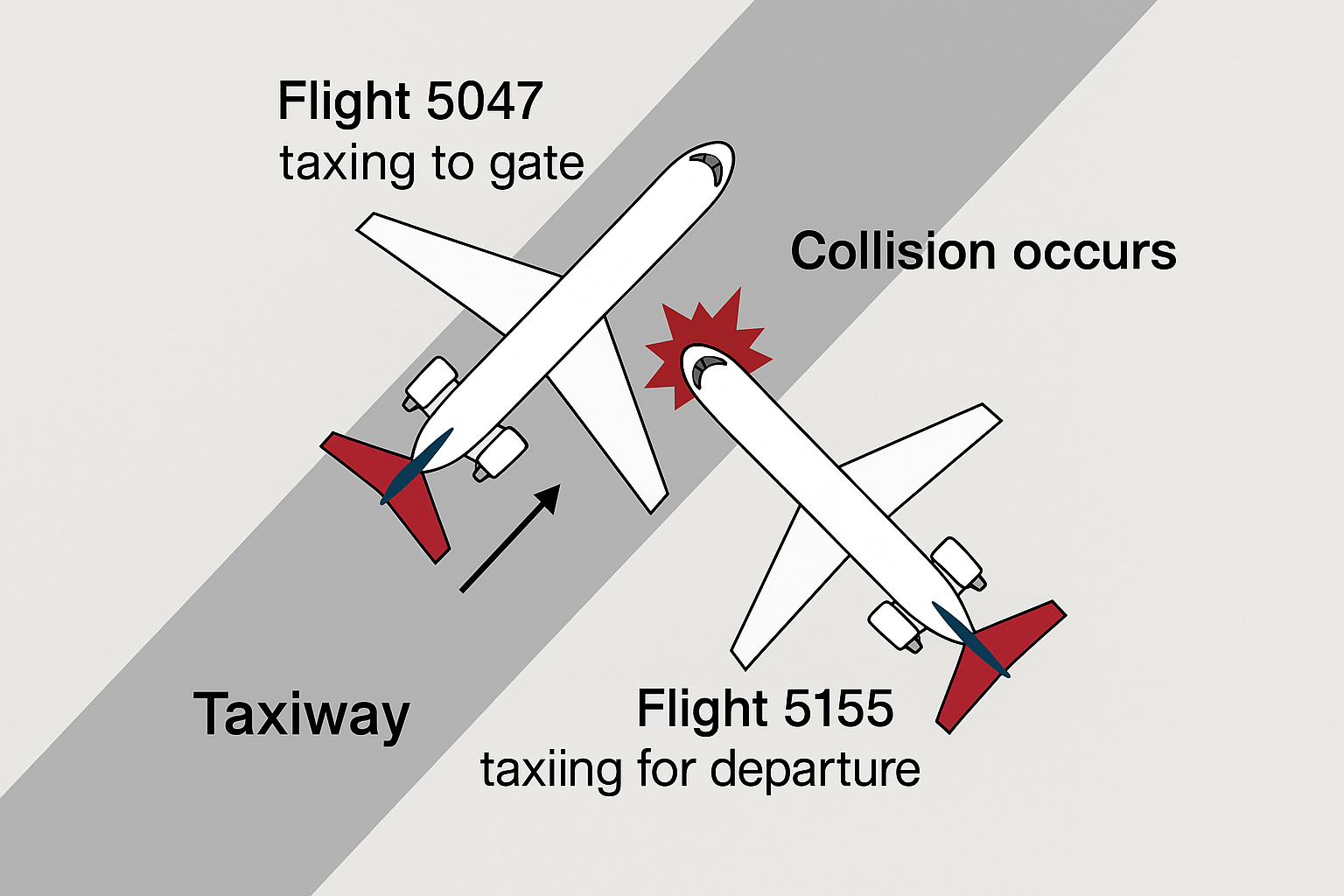
Human Impact
While most travelers escaped unscathed, one flight attendant sustained a leg injury and was taken to hospital with non-life-threatening injuries. Delta provided meals, hotel accommodations, and rebooking support for affected passengers.
Delta issued a statement underscoring its commitment to safety and confirmed its cooperation with the FAA, NTSB, and the Port Authority of New York and New Jersey, which oversees LaGuardia. Interestingly, the Port Authority reported that overall airport operations remained unaffected.
Why This Matters
At first glance, the event might seem minor compared to dramatic midair emergencies. But taxiway collisions are significant for several reasons:
Ground Congestion at LaGuardia: LaGuardia is one of the busiest and most space-constrained airports in the U.S. The close proximity of gates, runways, and taxiways leaves little margin for error.
Human and Operational Factors: Aviation safety often focuses on takeoff and landing risks, yet ground operations carry their own hazards. Taxiing requires split-second coordination between pilots and ground controllers, especially in high-traffic airports.
Passenger Confidence: Even in the absence of fatalities, such incidents can be unsettling. For passengers, the idea of planes colliding on the ground where things are expected to be “safe”, can be as unnerving as turbulence in the air.
The Bigger Picture
This isn’t the first time a taxiway incident has raised eyebrows. In recent years, the FAA has pushed for improvements in ground collision avoidance systems and airport surface detection technologies.
It’s a stark reminder that the story of aviation isn’t just about smooth cruising at 35,000 feet, it’s also about the choreography on the ground that keeps passengers safe.
Final Thoughts
As an aviation enthusiast, I often marvel at how much precision and coordination goes into every single flight. This LaGuardia collision is a sobering reminder that even when planes are moving at low speeds on the ground, safety can never be taken for granted.
Investigations will likely clarify what went wrong: whether it was human error, miscommunication, or just the complexity of LaGuardia’s tight taxiways. For now, the silver lining is clear: quick response measures prevented a frightening incident from turning into a tragedy.


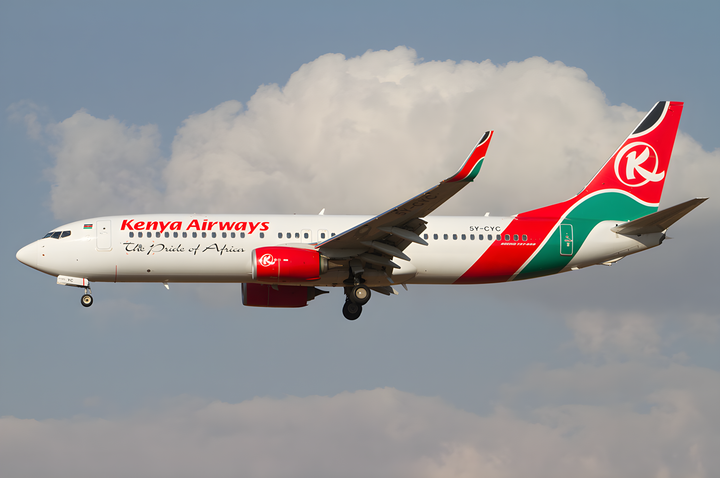
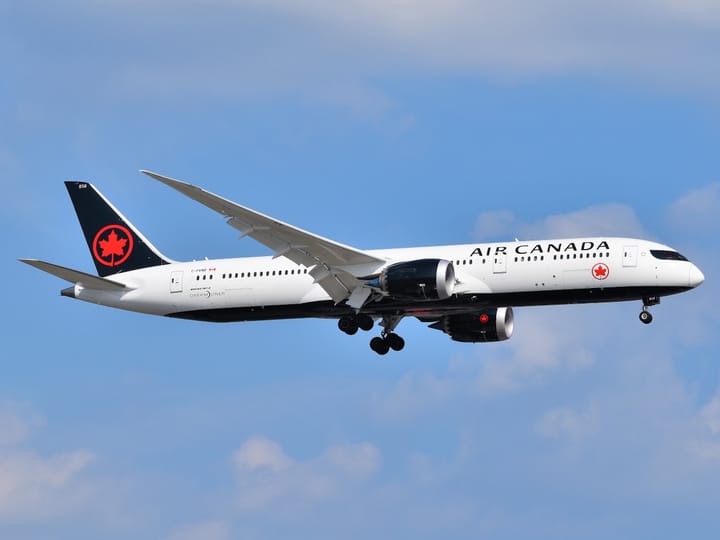
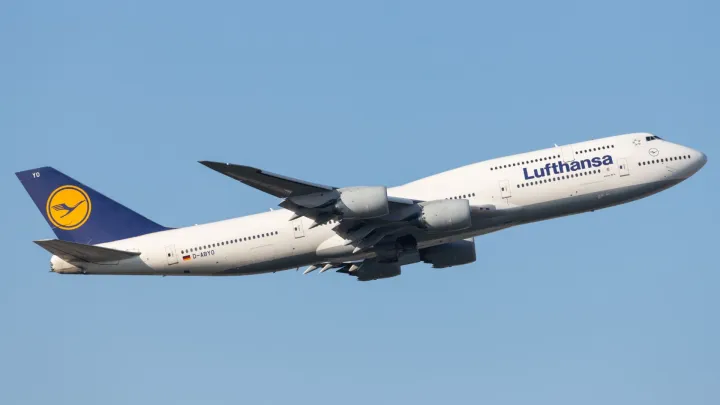
Comments ()